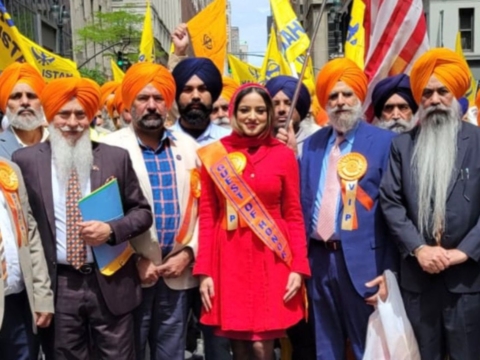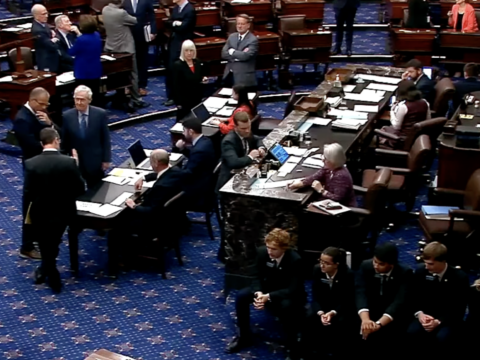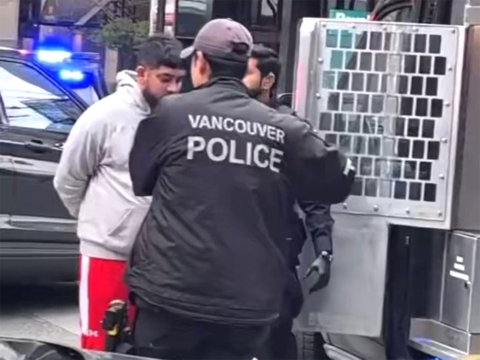NEW DELHI (Diya TV) — India began its marathon election on Friday, with incumbent Prime Minister Narendra Modi expected to secure a rare third consecutive term. Approximately 969 million people are eligible to vote in this mammoth democratic exercise, scheduled in seven phases over the next six weeks, with the results set to be counted on June 4. This election is considered one of the most significant in decades, as the ruling, Bharatiya Janata Party (BJP) seeks an outright majority in the lower house of parliament, or Lok Sabha.
Opposing the BJP is an alliance of over two dozen parties, including India’s main opposition party, the Indian National Congress, which claims to reduce inequality and safeguard what they argue are India’s at-risk democratic institutions. Since assuming power in 2014, Modi has overseen significant infrastructure spending, building highways, power plants, and maritime projects, as well as subsidizing the construction of millions of concrete homes for improvised families.
Modi aims to turn India into a global manufacturing hub, continue its massive infrastructure transformation, and achieve energy independence by 2047. Despite India’s economy reaching $3.7 trillion in 2023 and becoming the world’s fifth largest, economic successes have been slow to trickle down to the country’s poorest. India’s gross domestic product (GDP) per person was ranked a lowly 147 in 2022, according to the World Bank. On the docket are several main issues including the rebuilding of temples and the issue of Uniform Civil Code to bring an equitable justice system to all citizens of India, irrespective of faith.
Challenging Modi is the Indian National Congress, or INC a party instrumental in ending nearly 200 years of British colonial rule. Rahul Gandhi, the son of the famed Gandhi dynasty, is the face of the party. In a bid to unseat Modi, the Congress last year joined hands with a number of regional parties to form the Indian National Developmental Inclusive Alliance, known as INDIA. But that alliance has started to see cracks emerge with a number of defections to the BJP.
The opposition has faced a slew of legal, financial & PR challenges in the run-up to this year’s election, with many accusing the BJP of using state agencies to stifle and attack its opponents. INC’s manifesto has been met with a fierce PR & outreach campaign from the BJP. With television and social media campaigns mocking the internal rife within INC as well as calling out their “wealth redistribution” as an incentive to demoralize those who work hard and have merit.
Voters are casting their ballots for 543 seats in the lower house of parliament, or Lok Sabha, with a further two seats nominated by the country’s president. The party with the majority will form a government and appoint one of its winning candidates as prime minister. Among the most politically important states is Uttar Pradesh, home to 240 million people who vote in all seven phases. India’s largest state is a crucial battleground with 80 seats in the Lok Sabha up for grabs.




